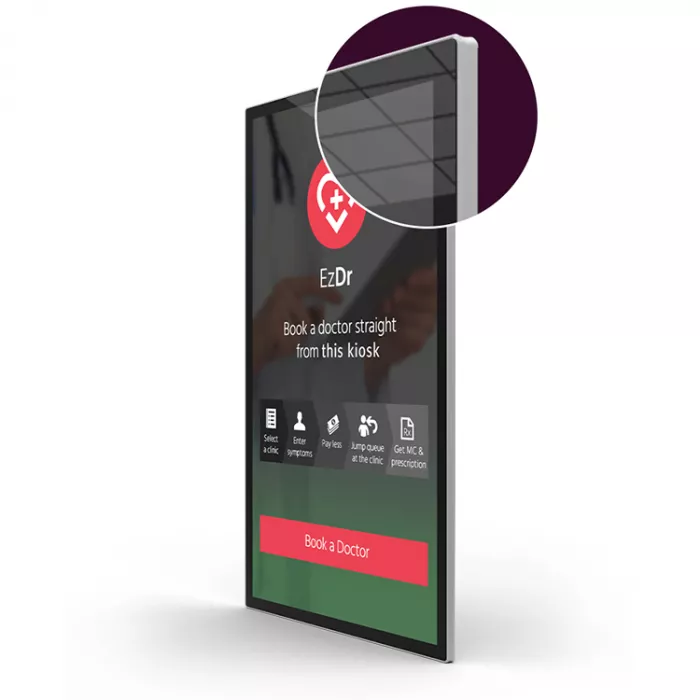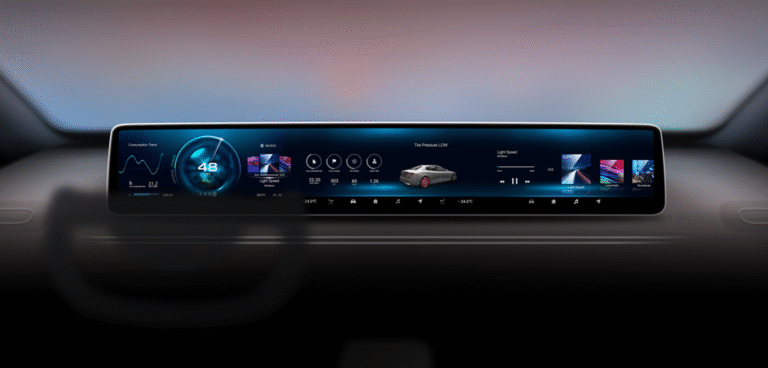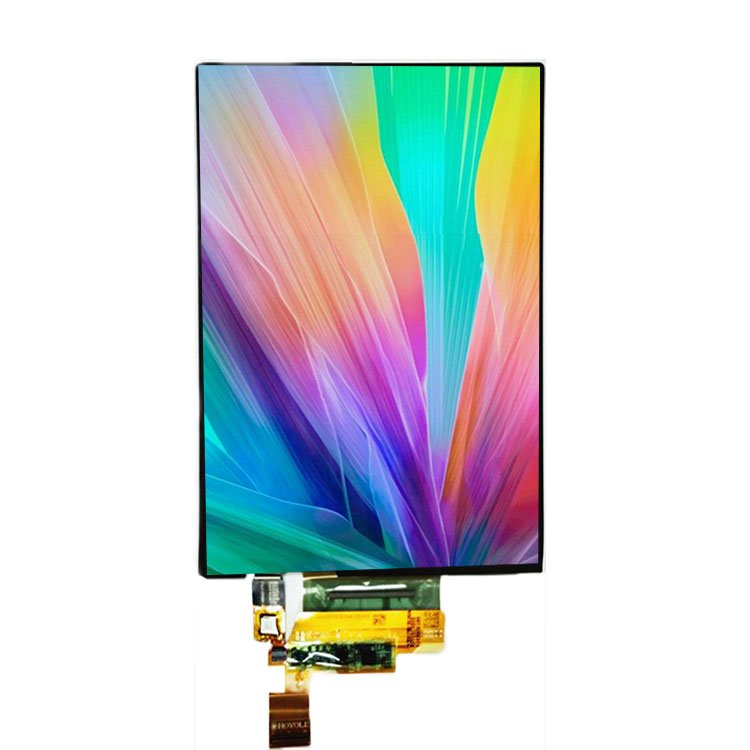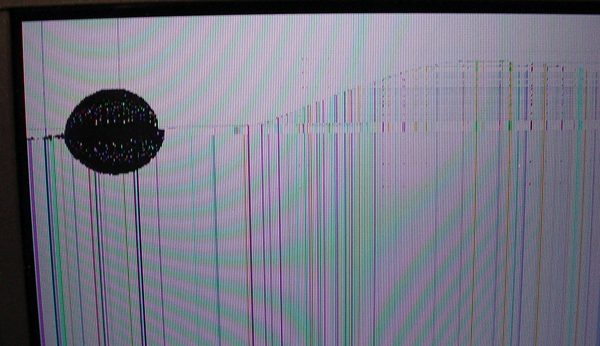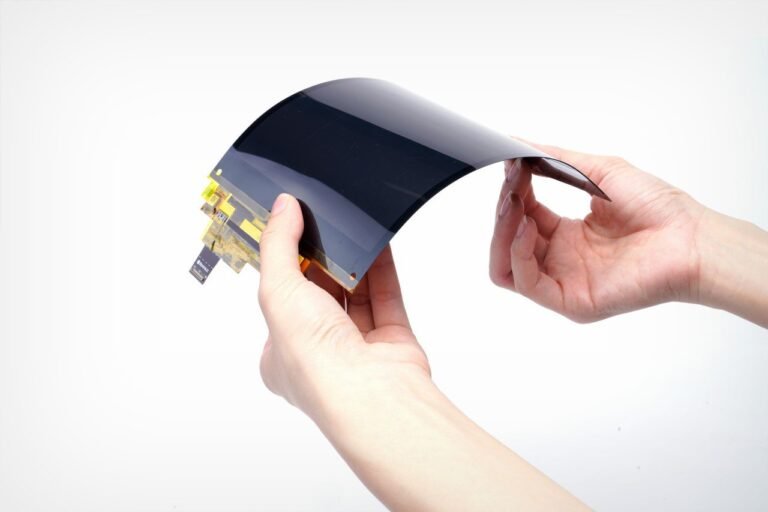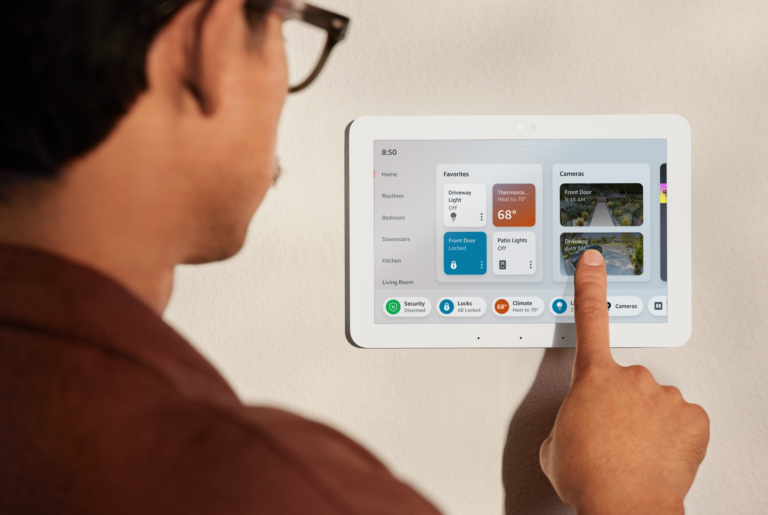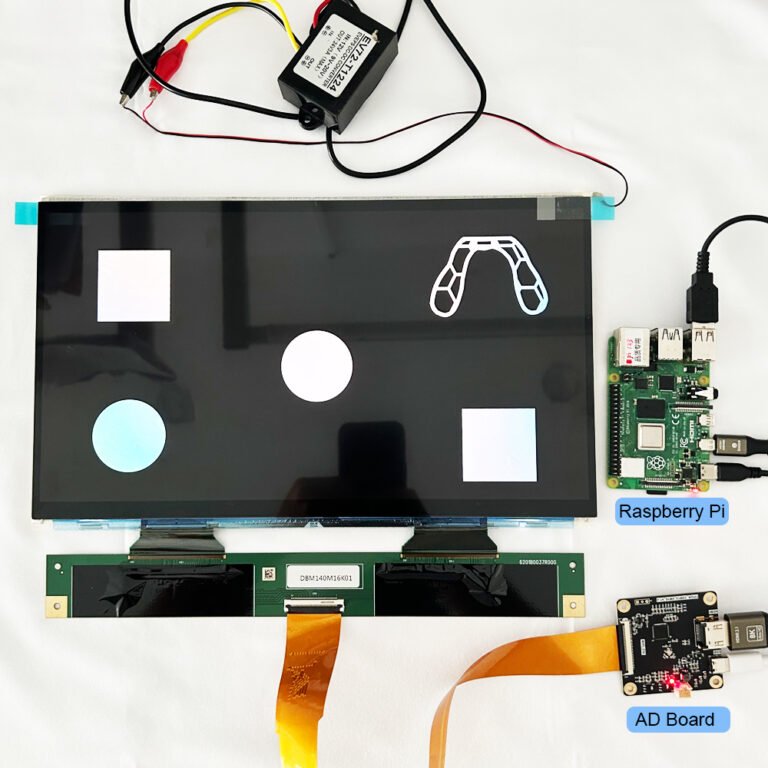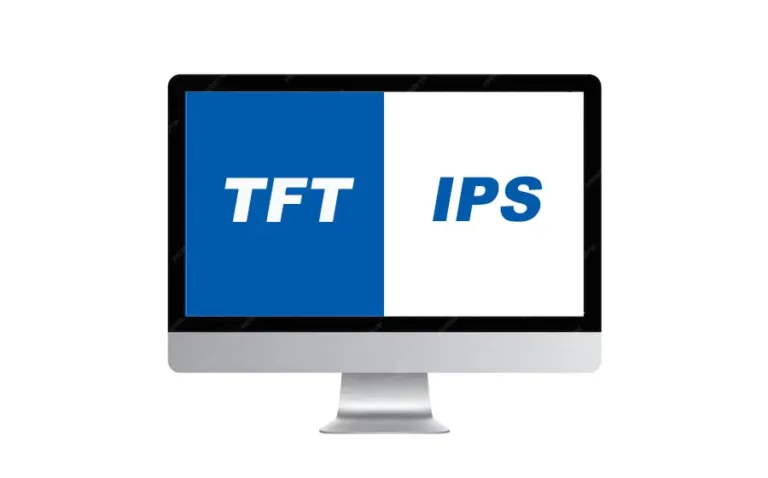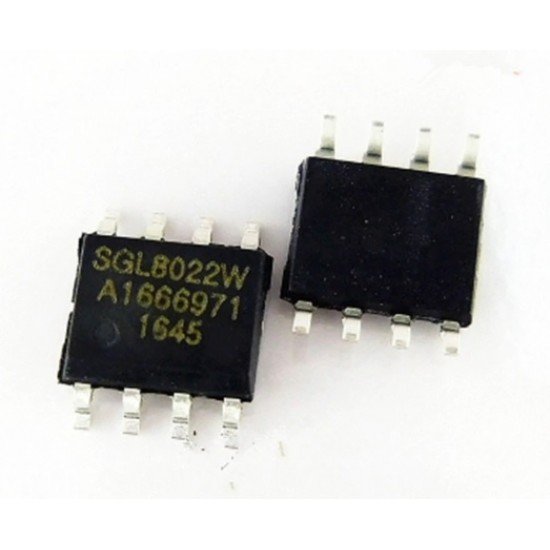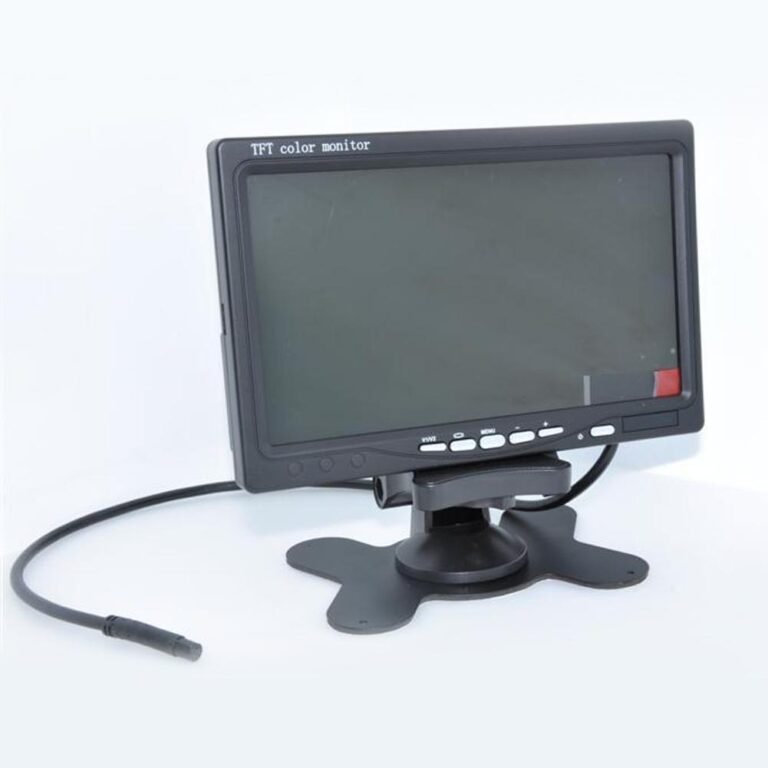画面層構造:従来方式と統合方式の比較
標準的なタッチスクリーン・スタックは3層で構成される:
- カバーガラス(レンズ)
- 分離型タッチセンサー層
- LCD表示パネル
従来方式では2つの接着層と層間のエアギャップにより厚みが増し、グレアが生じる。対照的に、In-Cell、On-Cell、OGSはタッチ層を既存部材に統合し、光学特性の向上と軽量化を実現。
In-Cell技術:LCD内部へのタッチ機能組み込み
定義: タッチ検知電極がLCDパネル内部(通常はVCOM層またはカラーフィルター層)に直接形成される
主な特徴
- 分離型タッチ層不要の超薄型設計
- 内部反射低減による優れた光学クリア性
- 高集積化に伴うコスト上昇と製造複雑性
- タッチ/表示機能の複合故障による歩留まり低下
高級機種に採用され、洗練された設計と視認性が優先される場合に最適
On-Cell技術:カラーフィルター層上へのタッチ配置
定義: タッチセンサーがLCDのカラーフィルターと偏光板の間にパターン形成される
主な特性:
- In-Cellより厚いが製造容易性が高い
- In-Cell相比べて耐衝撃性に優れる
- 中程度のコストと複雑性
- 加圧時の色むら発生リスク
AMOLED及び中~高級LCDに広く採用され、性能と実現性のバランスに優れる
OGS(ワングラスソリューション/タッチオンレンズ)
定義: タッチ電極がカバーガラス内面に直接形成され、分離型タッチパネルが不要
利点:
- ガラス層と接着層を1層削減し、軽量化とコスト削減を実現
- 優れた透過率とタッチ応答性
- 製造難易度が低く歩留まりが良好
課題です:
- 精密なガラス加工が必要
- In-Cellより僅かに厚いが全体強度が高い
拡張性と視覚性能からスマートフォン・タブレットで広く採用
比較概要
| 特徴 | In-Cell | On-Cell | OGS(タッチオンレンズ) |
|---|---|---|---|
| 厚み | 最薄 | 薄い | 中程度 |
| 光学クリア性 | 素晴らしい | 良好 | 素晴らしい |
| タッチ感度 | 高い | 中程度~高 | 非常に高い |
| 製造難易度 | 非常に高い | 高い | 低い |
| コスト効率 | 最低 | 中程度 | 高い |
| 耐久性 | 中程度 | 高い | 中程度 |
| 修復容易性 | 低い | 低い | 中程度(ガラスのみ) |
実採用例
- In-Cell: 初期Apple iPhone、Nokia Lumiaシリーズ等
- On-Cell: AMOLEDスマートフォン及びMicrosoft Surfaceタブレット等
- OGS: Xiaomi、Huawei等他の中~高級モバイル端末で普及
使用事例と設計推奨
ウェアラブル&スマートフォン:
- 薄型筐体と優れた視覚性能が求められる場合、In-CellまたはOGSを選択
産業用組込みシステム:
- 耐環境性の高いタッチインターフェースにはOGSが最適
- 適度な厚みと良好な統合性が必要な場合はOn-Cellが適す
屋外表示&堅牢端末:
- 強化ガラス採用のOGSが最も耐衝撃性に優れる
- 表示故障リスクが重大な場合はIn-Cellを回避
技術的考察
- タッチノイズ干渉: In-Cell及びOn-Cellでは信号歪みを防ぐため注意深い電気設計が必須
- 製造歩留まり: インセルは高度な統合により、スクラップ率が高くなる
- ガラス端部の脆弱性: OGSはひび割れを防ぐため精密な切断が要求される
- 視野角による差異: オンセルは角度ストレス下でグレア(映り込み)が生じやすい
よくある質問
Q1: どの技術が最高の光学性能を提供しますか?
内部反射が少ないため、インセルとOGSの両方が優れた透明性を提供します。
Q2: 大量生産において最も経済的なのはどれですか?
OGSは一般的に最高のコストパフォーマンス比を提供します。
Q3: グローブ着用時に使用できますか?
はい、特にOGSとオンセルは可能です。インセルは調整が必要な場合があります。
Q4: タッチ層が破損した場合、その部分だけ交換できますか?
部分的な修理が可能なのはOGSのみです。インセルとオンセルはディスプレイに完全に貼り合わされています。
Q5: 過酷な環境に最も適しているのはどれですか?
強化ガラスまたはカバーレンズを採用したOGSが最も衝撃に耐性があります。
結論
インセル、オンセル、OGSの選択は、特定の製品要件に依存します:
- 超薄型かつ高級な デザインには、 バランスの取れた統合性と耐久性 In-Cell
- 超薄型かつ高級な には、コスト効率が高く、拡張性があり、堅牢な On-Cell
- 超薄型かつ高級な デバイスには、 OGS を選択してください。
それぞれが、明瞭さ、コスト、製造適性、耐久性の独自の組み合わせを提供します。これらのトレードオフを理解することは、より優れたユーザー体験と円滑な製品開発を保証します。



